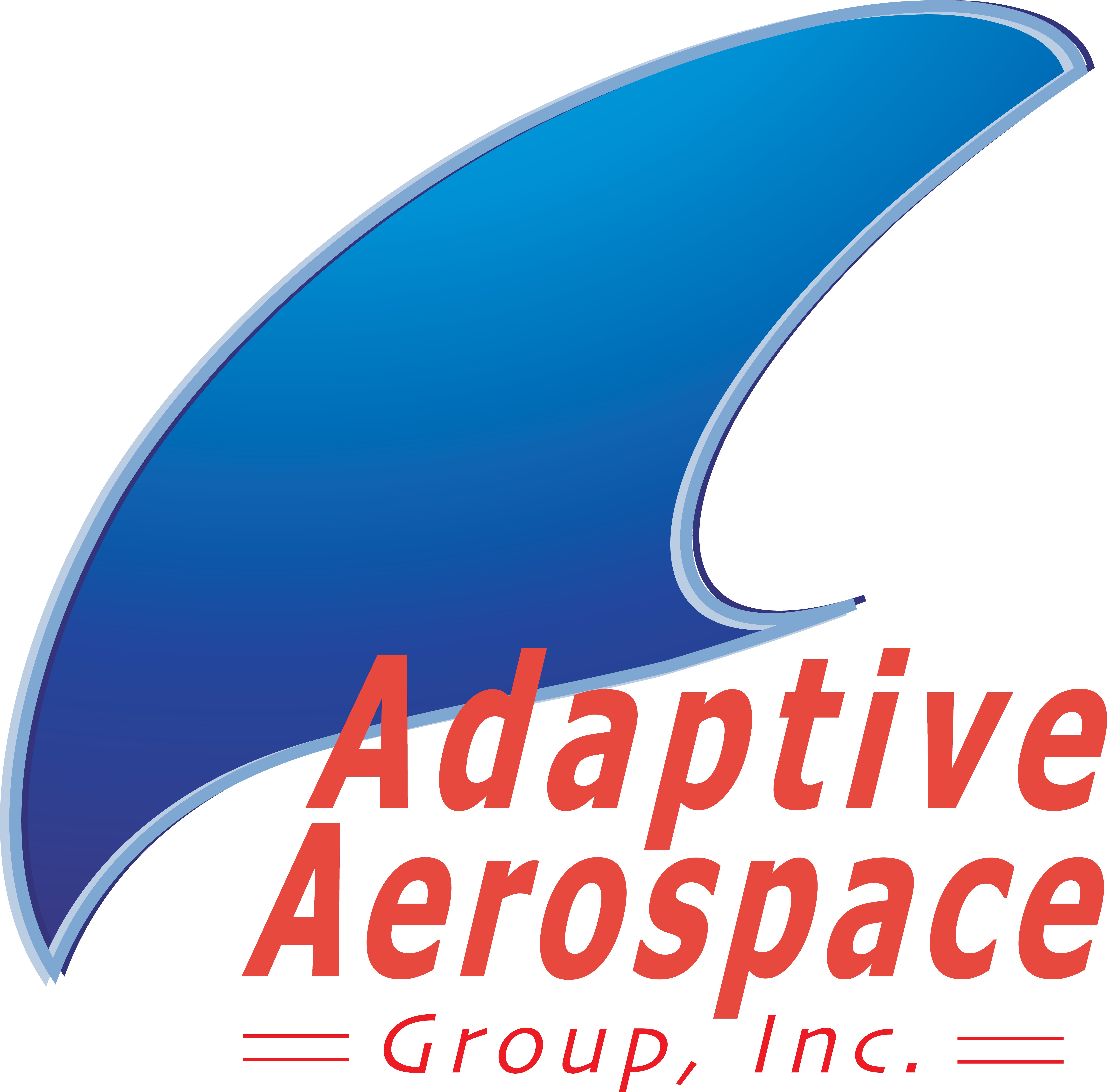A large part of integrating Unmanned Aerial Systems (UAS) into the National Airspace System (NAS) is developing a solution to the sense and avoid (SAA) technical challenge. UAS will require the capability to “see-and-avoid” other users of the airspace as manned aircraft do. It is anticipated that a UAS should be able to avoid colliding with a non-cooperative object in the sky. Current UAS span a vast range of performance sets, and, as the market for unmanned systems grows and the number and types of applications for them increases, a multitude of new vehicles is likely to emerge. Likewise, sensors and technologies to detect airborne objects are being developed at a range of cost and capability levels. To aid in a solution to the “sense-and-avoid” issue and future design guidelines, the Prototyping Aircraft-Interaction Research Simulation (PAIRS) was developed and used to explore the relationships that exist between aircraft performance, sensor range, avoidance maneuver, and the collective sense-and-avoid performance of the system.
© 2025 Adaptive Aerospace Group, Inc
UAS Detect and Avoid
© 2025 Adaptive Aerospace Group, Inc. Created with ❤ using WordPress and Kubio
